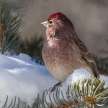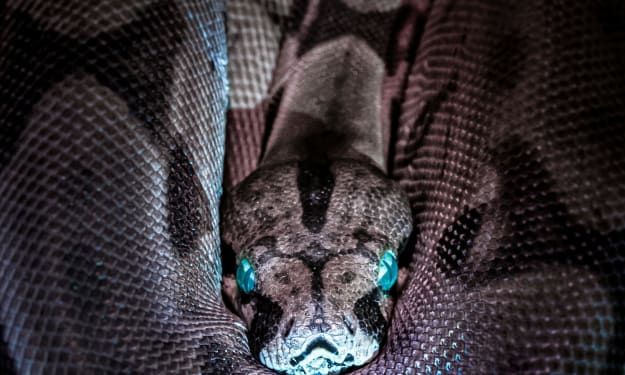
The slaty-breasted tinamou, or tinamou of Boucard (Crypturellus boucardi), is a form of tinamou commonly found in Mexico and Central America's lowland moist forest. Both tinamou are from the Tinamidae tribe, which therefore are ratites in the greater scheme. Like other ratites, tinamous can float, but they aren't fast fliers in general. Both ratites have arisen from ancient flying birds and tinamous are such birds ' nearest living relative. There are two sub-species of the slaty-breasted tinamou In 1859, Philip Sclater described the slaty-breast tinamou from a collection in Oaxaca, Mexico. Crypturellus can be broken down into the following: kruptos meaning concealed or protected, oura sense the diminutive sense of the tail and ellus. Crypturellus thus means the thin, covering tail. Finally, boucardi is Boucard's latin form commemorating Adolphe Boucard. In subtropical and tropical regions up to 1800 m of altitude, it is usually found in lowland moist forest. This species extends from southern Mexico along the Gulf of Mexico, from southern Veracruz, and northern southern Oaxaca, to northern Costa Rica. Mexico, Belize, Honduras, Guatemala, Nicaragua and Costa Rica. It favours dense evergreen forests with heavy undergrowth but it can also be found in shallow forests with low undergrowth, secondary forests and regenerating plantations. This also prefers damp environments. Averages 27 cm in weight, the slaty-breasted tinamou weighs around 470 g. Its neck and head are coloured black to chestnut, brown on its wings, slaty grey on its breast, white on its throat, grey-brown on the rest of its subparts with darker border on its flanks and undertail. The lady has barring on her hands. Her legs are pink to bright red, and her bill is dark above and yellow below. The dark forest floors are a shy and difficult tinamou to see. His call is a call of three notes and smaller than most other tinamous. The calls can take up to five hours at a time, in long bouts. On occasion this tinamou and the tinamou thicket can create hybrids. Unlike other tinamous, it feeds on fruit and seeds and, in particular, on some invertebrates, ants and termites. The slaty-breasted tinamou male draws 2 to 4 females to lie on the ground and in dense foliage in her nest, or between a tree's raised roots. The male incubates and the young are born. Females have more than one male partner. The IUCN has listed the slaty-breasted as Least Concern and it has a range of 330,000 km2 of occurrence. It is hunted for food but tends to be stable in size. Also known as the Tinamou Boucard, Slaty-breasted Tinamou is found only in Middle America, where it spreads from southeast Mexico south to Costa Rica. Two subspecies reflect this species which differ in overall coloration. It is recorded from sea level to at least 1800 m, and this tinamou is typically found with a relatively dense understory in a variety of forest types, but also including plantations and taller second growth. The territorial song is a three-noted ah-oowah that can be heard during the day, and throughout the year, while rain will typically interrupt the vocalising action. Hunting and habitat loss are the principal threats to its existence, and Slaty-breasted Tinamou has become increasingly uncommon in some areas of its range. The life cycle of Slaty-breasted Tinamou is fairly well studied compared with other species of tinamous, but mainly from studies at a single site within the large range of this genus. Tinamous are stocky, small birds with very short tails and rounded wings. Slaty-breasted Tinamou is a tinamou of medium size with a slate-gray head, back, mantle and breast. The plumage is dark chestnut from the rear to the uppertail tops, often with very vague scaling or barring. The underparts are ash-gray with an ochraceous tinge, especially on the belly, and black barring on the undertail coverts and sometimes on the flanks as well.
About the Creator
MB
I am a bird aficionado and really enjoy spotting them them on hikes. I greatly appreciate the variety of birds cross North America and the world. They are amazing and intelligent creatures, each so unique and with a wonderful life.






Comments
There are no comments for this story
Be the first to respond and start the conversation.